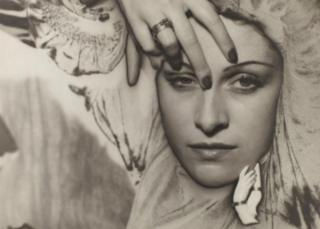At the beginning on the 20th century, boundaries were also being pushed in the realm of photography.
By the time Man Ray created Le Violon d'Ingres in 1924, photography was still a relatively new medium.
Just a century earlier, chemical substances had been discovered that could react with light and be used to copy images.
The first blurry photographies were then developed and the world went mad for photography.
By 1900, most people could afford a camera, and most photographs were portraits and landscapes.
However, Man Ray was one of the first to turn the medium into an art.
Man Ray was originally named Emmanuel Radnitsky.
He became fascinated with European avant-garde artists after attending the Armory Show in New York, where he encountered works by Manet, Degas, Van Gogh, and Marcel Duchamp.
In the 1920s, Man Ray relocated to Paris and settled in the vibrant artistic hub of Montparnasse.
There, he met influential figures like Picasso, Cocteau, and Dali - as well as his lover and muse, Kiki de Montparnasse, a model who posed for many artists - and is the subject of the photograph.
Like his fellow Surrealists, Man Ray was fascinated by the subconscious mind.
Surrealists let their imagination run wild and direct their creativity - representing scenes which often appeared absurd and unsettling.
For them, the creative process was as important - if not more important - than the actual result.






























.jpg)